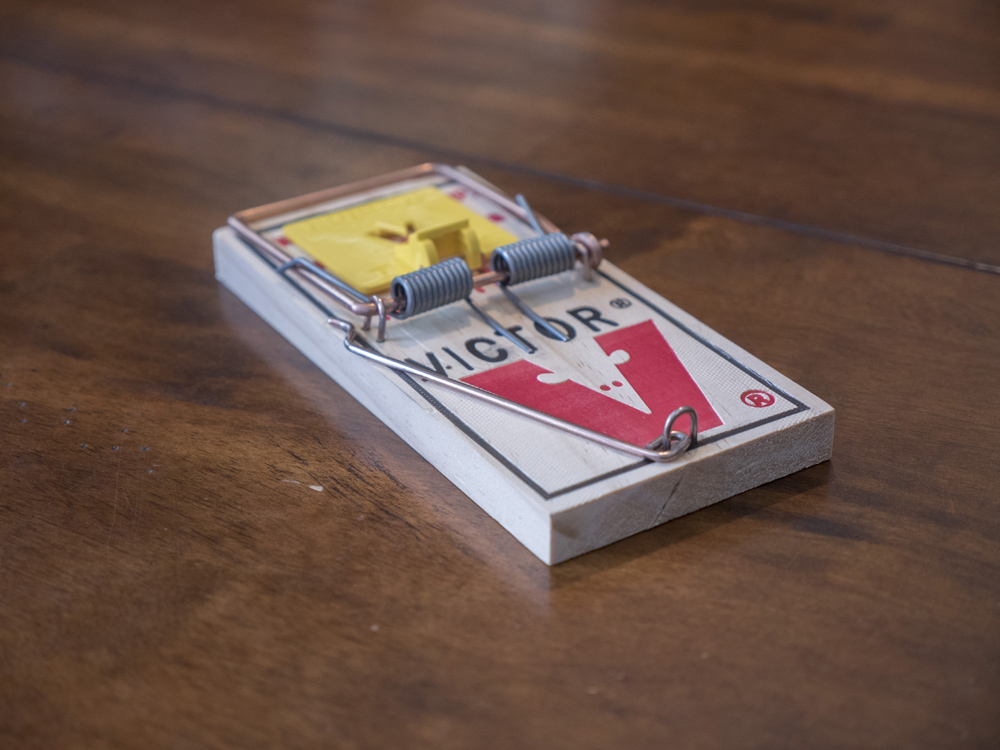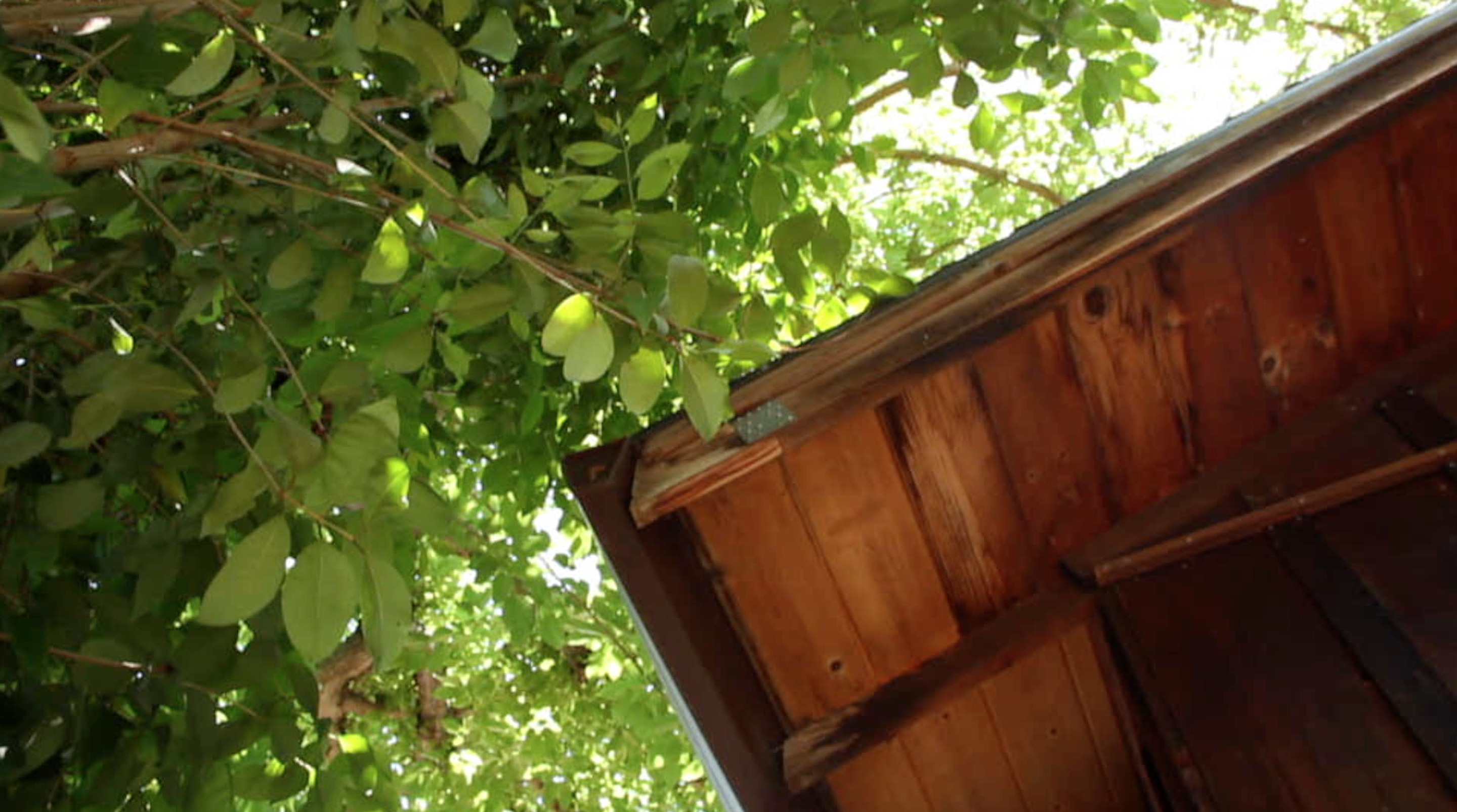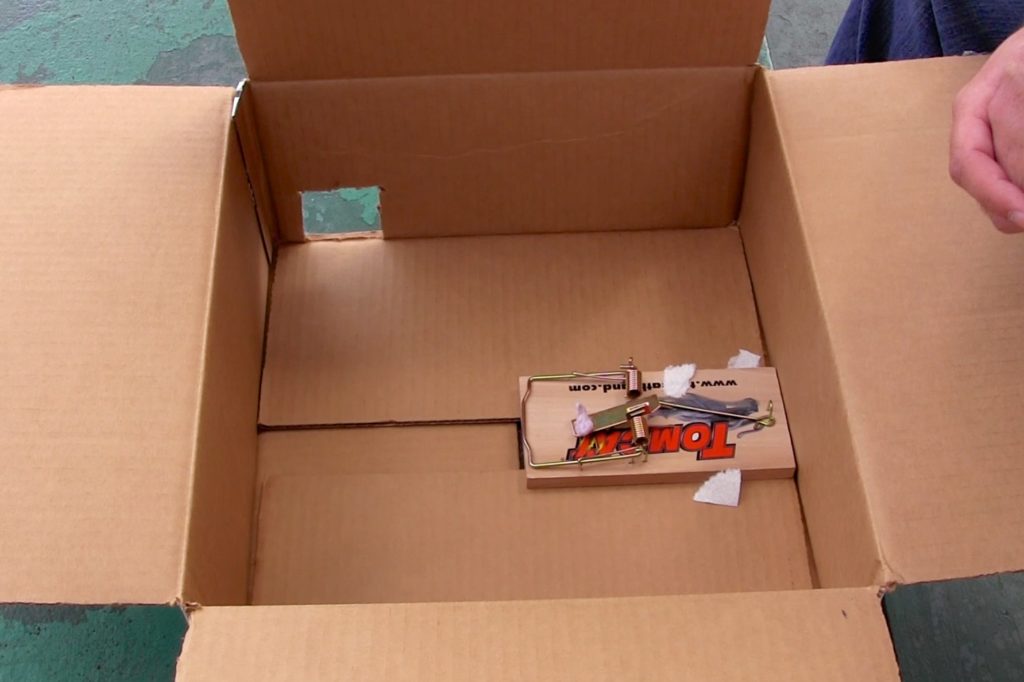
When pest-proofing your home, it’s best to employ a combination of preventative measures and diligent practices. Photo: All N One Pest Eliminators ©2019
“Termites and spiders and rats, oh my!”
Even if you don’t have a deep-seated fear of these pests, the last place you want to find them is inside your home. Pest infestation can leave a home vulnerable to everything from unsanitary conditions to structural damage. To help you avoid this situation, we’ve asked five Diamond Certified Expert Contributors to provide some tips for pest-proofing your home.
Deny entry.
Pests access homes in a variety of ways, and these often differ depending on the specific type of pest. When it comes to termites, Andy Bongiorno of Bongiorno Termite Control, Inc. says a common catalyst is wood-to-soil contact. “Any part of your home’s structure where bare wood is in contact with the soil represents an easy access point for termites. You can prevent potential problems by sealing any wood that touches the soil.” This includes your home’s wood siding which, if possible, should sit two or more inches above the soil.
Rodents, on the other hand, usually enter through exposed areas in the home exterior, which is why Richard Estrada of ATCO Pest Control recommends identifying and sealing potential access points. “Walk around the perimeter of your house and look for cracks, gaps or breaches larger than your little finger.” To seal small holes in your home exterior, use some steel wool and reinforce it with caulking; larger holes and gaps may require more extensive repair measures. Mr. Estrada also recommends inspecting your basement screen vents and repairing any damaged sections with quarter-inch galvanized mesh.

Tree branches or vines growing near a roof create an easy route for rats, spiders and other pests. Photo: Osborn Spray Service ©2019
Trim trees.
According to David Osborn of Osborn Spray Service, another important step for pest-proofing your home is maintaining a sufficient distance between your roof and nearby trees. Tree branches or vines growing near a roof create an easy route for rats, spiders and other pests, which, once on the roof, will usually try to find a way into the attic. To cut off this point of entry, keep nearby vegetation trimmed away from your roofline. Remember, rats can jump, so don’t take any chances—cut those branches and vines back at least 18 inches.
Clean consistently.
While the aforementioned measures can stop pests from entering your home, diligent daily practices can avoid attracting them in the first place. For example, Felipe Montanez of Hydrex Pest Control of the North Bay, Inc. explains the impact of consistent after-meal cleanup. “Most people don’t think much of leaving a sugar bowl uncovered or letting food crumbs sit overnight. However, if even a single ant or cockroach comes across a food source in your kitchen or pantry, it’ll create a pheromone trail to alert the others. By keeping all food containers sealed and cleaning up after every meal, you can greatly reduce the chances of infestation.”
Whack webs.
For spiders, the shelter a home provides makes it a prime location for web-building. Fortunately, Mr. Osborn has an easy way to discourage these eight-legged intruders. “Once a week, go through your home and use a broom or web remover to brush away any visible webbing in eaves, windows, or corners,” he instructs. “By knocking down spiders’ webs, you’ll thwart their ability to get food and encourage them to ‘set up shop’ elsewhere.” Mr. Osborn also recommends performing this step on your home exterior.

Placing rat traps inside boxes cut with small holes will reduce the safety risk for children and pets. Photo: American Ratings Corporation ©2019
Combat carefully.
If you already have rats in your home, you may need to go on the offensive. According to Mario Martinez of All N One Pest Eliminators, there are two ways to combat a rat problem: poison and traps. However, to avoid endangering children and pets, safe application is crucial for either method.
Poison should be placed in a lockbox specifically designed for pest control application, which will keep pets out while allowing access for rats. Likewise, traps should be placed in boxes or areas that can’t be easily accessed by pets or children. Keep in mind that poison is best applied outside—since a rat can still roam free after ingesting poison, using it indoors can result in carcass recovery issues.
If you’re not having any luck resolving your rodent problem independently, call a professional pest control company. An experienced technician will perform an inspection of your home and let you know the best way to get the problem under control. Find a Diamond Certified pest control professional in your area
